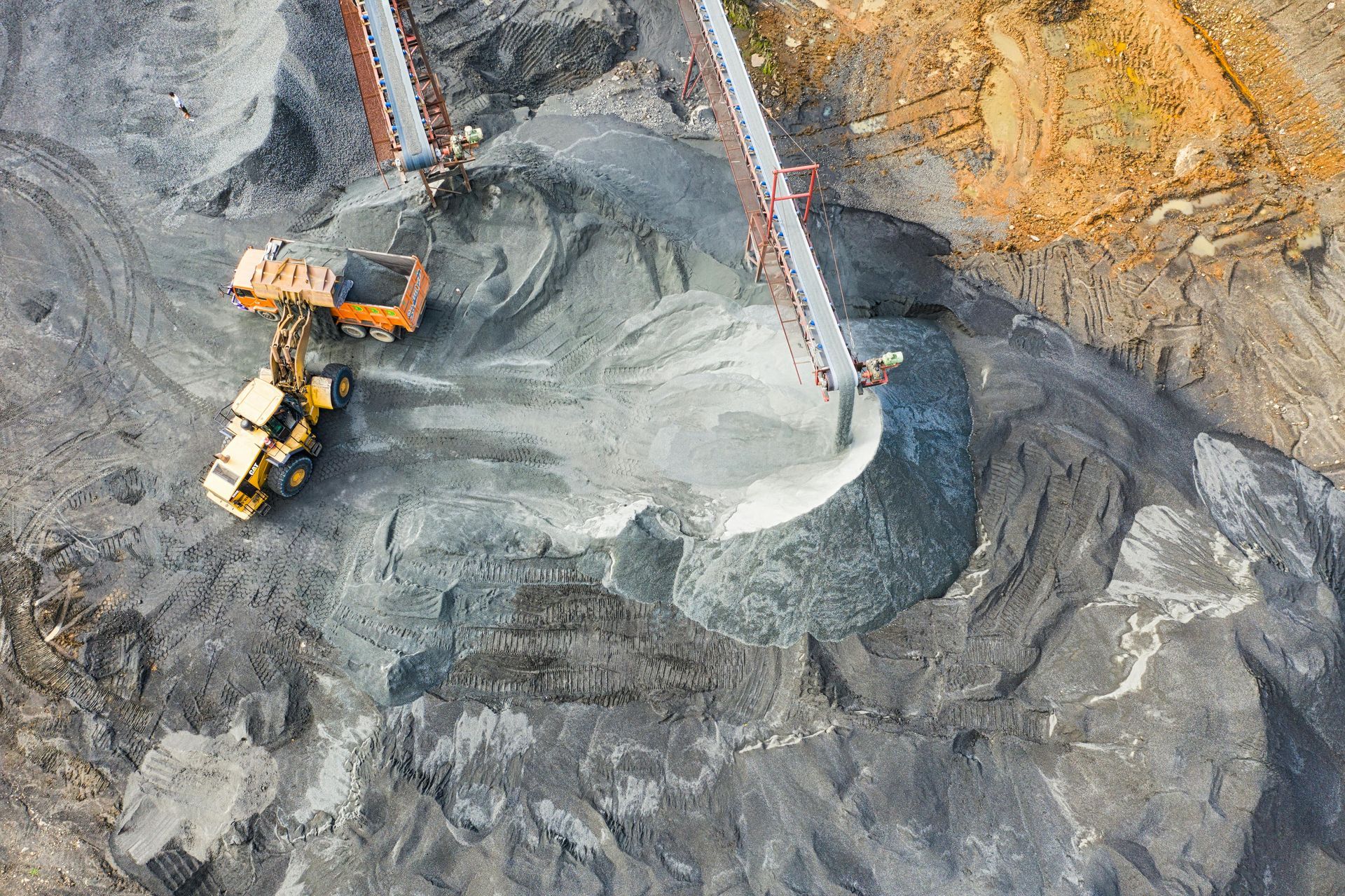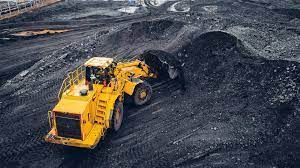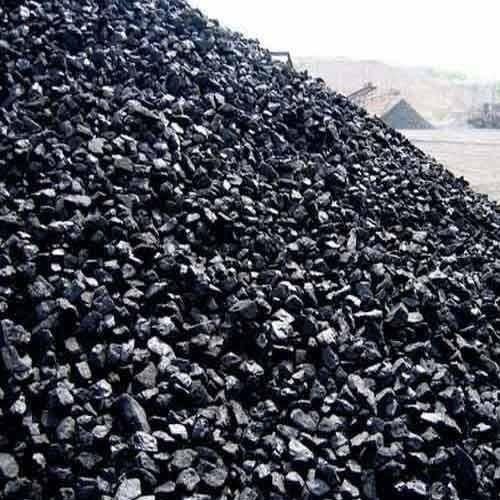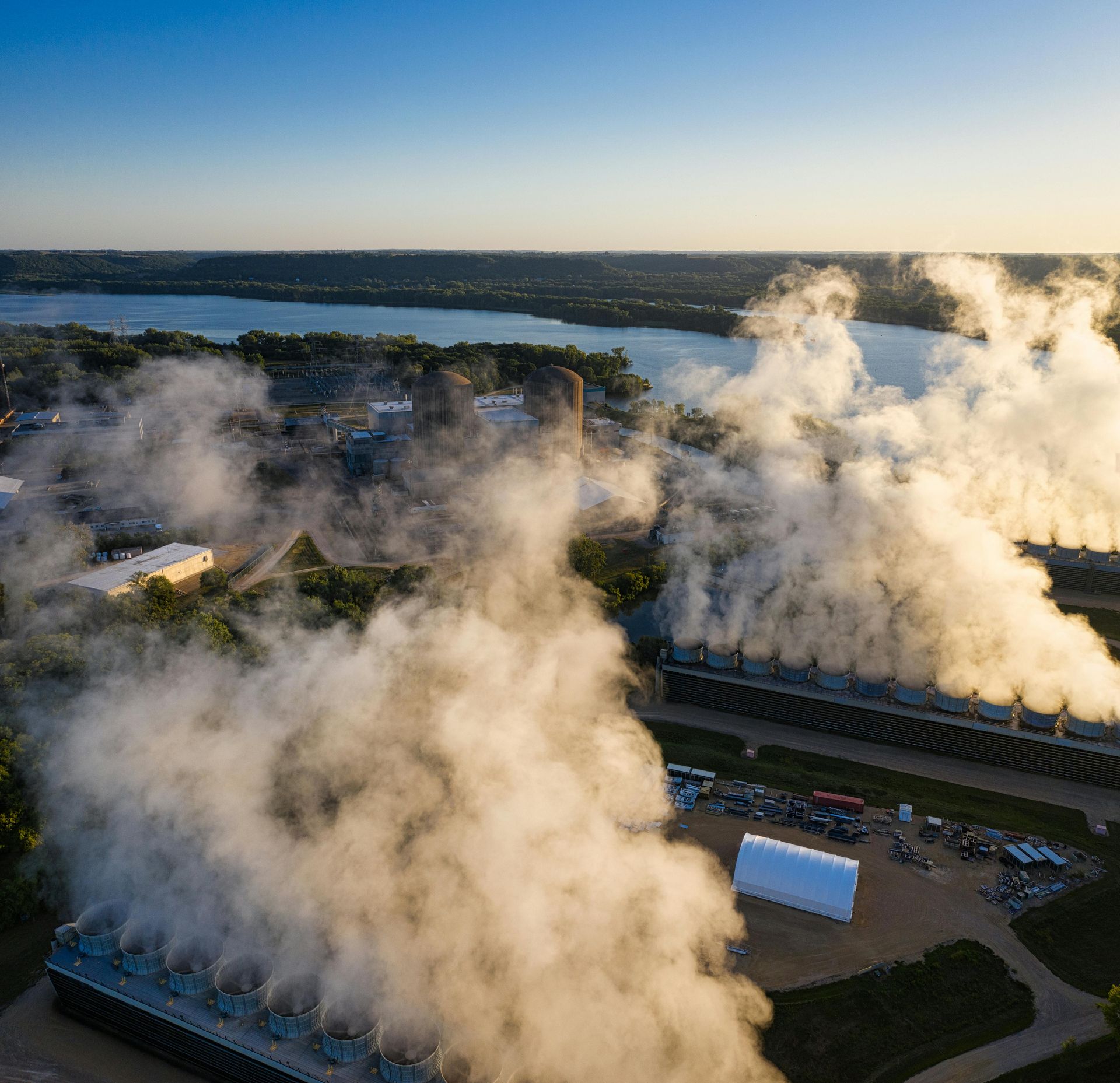Coal
Anthracite Coal
Anthracite Coal is widely regarded as the highest grade of coal available, primarily due to its impressive properties, which include a remarkably high carbon content combined with low levels of impurities. This unique composition contributes to its exceptional energy efficiency, enabling it to generate more heat per unit of weight compared to other coal types. As a result, anthracite coal burns cleaner and hotter, making it an ideal choice for a variety of applications. Its superior qualities make it particularly suitable for heating residential and commercial spaces, as well as for various industrial processes. Furthermore, anthracite is also a critical resource in the production of high-quality coke, which is essential for steel manufacturing and other metallurgical applications, where purity and temperature control are paramount.


Bituminous Coal
Bituminous coal is a versatile and widely recognized type of mid-grade coal that is particularly known for its high carbon content and impressive energy efficiency. This quality makes it an essential resource in various applications, including power generation, where it plays a crucial role in producing electricity on a large scale. Additionally, it is utilized in a range of industrial processes, from manufacturing to the production of steel, as well as serving as a vital raw material in the creation of coke. Its ability to deliver excellent heat output, coupled with its reliability, ensures that bituminous coal remains a preferred choice across numerous industries and contributes significantly to meeting global energy demands.
Coking Coal - Metallurgical Coal
Cooking Coal, also known as Metallurgical Coal, is a critical raw material that plays an essential role in the steel production industry. This specific type of coal undergoes a special processing technique to produce coke, which is a key component in the manufacturing process. Coke serves not only as a fuel but also as a reducing agent in blast furnaces, where its unique properties help facilitate the chemical reactions necessary for steelmaking. The use of high-quality cooking coal ensures that the resulting steel exhibits superior strength, durability, and overall performance, making it a vital element in various applications ranging from construction to automotive manufacturing.


Lignite Coal
Lignite Coal, often referred to as brown coal, is characterized as a low-grade coal that possesses a high moisture content. This particular type of coal is primarily utilized for electricity generation, largely because of its relatively low energy output when compared to higher-grade coals like bituminous or anthracite coal. Despite its lower energy efficiency, lignite provides an economical fuel option for power plants and various industrial applications, making it an attractive choice in regions where cost-effective energy sources are essential. Its unique properties and abundant availability continue to play a significant role in the energy landscape, especially in areas where the infrastructure is designed to harness this accessible resource.
Thermal Coal
Steam coal, also known as thermal coal, is primarily utilized for power generation and industrial heating applications. This type of coal is favored for its high energy content and remarkable combustion efficiency, making it a reliable source of fuel for steam boilers and electricity production. Its ability to generate substantial amounts of energy ensures a consistent performance, particularly in energy-intensive industries such as manufacturing, mining, and construction. As demand for energy continues to grow, steam coal remains a crucial component in meeting the needs of various sectors, further solidifying its role in the global energy landscape.
